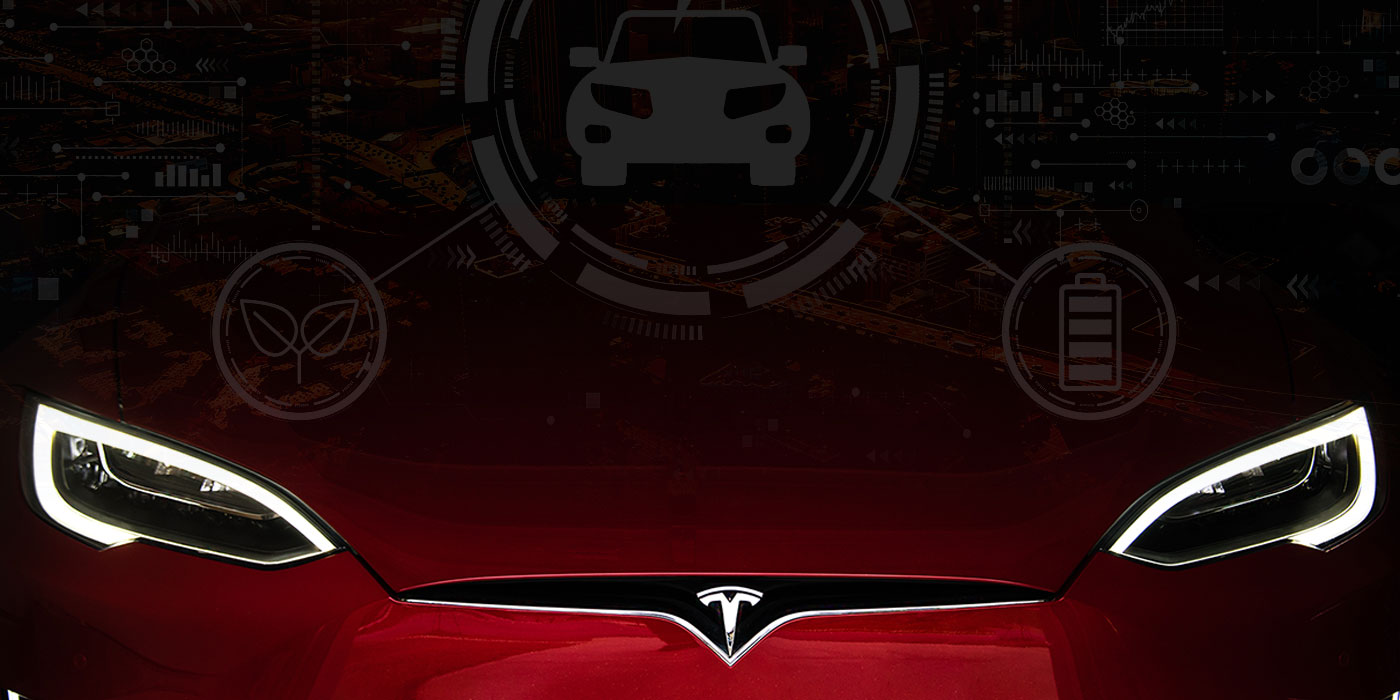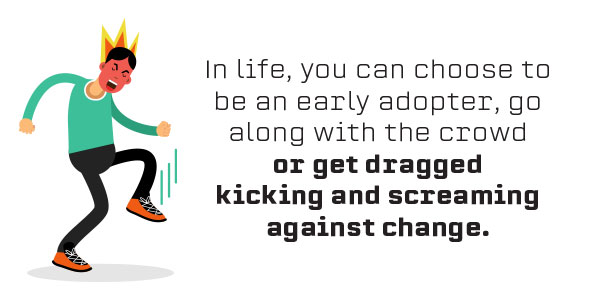Electric Vehicle Repair: It’s Inevitable

In life, you can choose to be an early adopter, go along with the crowd or get dragged kicking and screaming against change.
That’s how I look at repairing electric vehicles (EVs) and hybrid electric vehicles (HEVs). We’re all going to have to repair them sooner or later, so it’s better to get prepared now and be ready for the wave.
A Way of Life
As the owner of two CARSTAR locations in the San Francisco area, EVs are a way of life. The Bay Area leads California with the most EVs and, with Governor Newsom’s push for 100% EV sales in 2035, the EV market is dynamic here.
I made the decision several years ago to embrace EV repairs. First, I bought a Tesla so I could become familiar with the cars we were going to be repairing. I read everything I could about the vehicle, how it was manufactured and how it operated. I also studied the available materials on what it would take to repair them, including the different approaches, tools and facility requirements.
Taking the Plunge
Then, I took the plunge. First, my team and I needed to get our technicians to “buy in” to the EV technology and not be put off by it. I-CAR’s EV courses have been a tremendous resource for our technicians and estimators. We also worked closely with CARSTAR, who provided guidance and resources to help us get up to speed. We participated in the OEM training provided by Tesla and earned our certification as a Tesla-approved repair facility. In addition, I used my own personal Tesla to demonstrate the differences between EVs and gas-powered vehicles.
We converted a space with curtained-off areas dedicated to repairing EVs and aluminum vehicles, as most EVs utilize this lightweight metal. We also transitioned to the 3M Total Automotive Sanding System to minimize dust particles in the shop. This not only reduced our airborne debris and cleanup time, but it also boosted our technicians’ morale because they didn’t end the day covered in dust. There were other tools and equipment required by Tesla that we needed to acquire to work on EVs, such as a Pro Spot PR-5 riveter, Millermatic 350P MIG/pulse welder and a Car-O-Liner bench with EVO1, 2, 3 and Vision 2 measuring system and the Tesla-specific MS and MX base fixtures.
Open Arms
Our technicians have welcomed EVs with open arms, as there are no traditional engine parts to deal with like with internal combustion engines. Repairing steel or aluminum components is just like any other internal combustion vehicle in accordance with OEM repair procedures. There’s also the cool factor of being able to work on the latest vehicle technology.
Some people are concerned about working on EVs and storing them in their facilities, but we haven’t had any incidents. Working on high-voltage vehicles isn’t as scary as it sounds; with the proper training on handling the EV high-voltage system, it’s completely safe.
We’ve been working on Teslas for a year now, and for 2022, we saw a 45% increase in new EV repairs compared to 2021. Today, 30% of our repairable cars are EVs. That is a very solid return on our investment!
Tips
If you’re going to make the move to repairing EVs, you have to plan your investment first, then map out your schedule to become ready to repair. Here are a few tips:
- Know what types of EVs are in your market and what the trends are. Work with your paint company, which often has great data. Look at what dealerships — Tesla, Rivian and Lucid — are opening and what current dealerships are offering in EVs. This is a good indicator of what you’ll be repairing in the next year.
- Review your facility and the needed upgrades. Do you have room to dedicate an area to EV repair? Can you create a “clean” facility?
- Determine the tools and equipment you’ll need. Each OEM has specific repair requirements to guide you, and I-CAR is very helpful too.
- Engage your technicians. Their buy-in is critical. Reinforce how you’re investing in their careers and helping them attain cutting-edge skills.
- Educate your customers. If you’ve repaired their vehicles in the past, they probably have an EV in their driveway now that will need repairs at some point. Make sure you’re informing your customers about your new EV-certified repair services. And work with your local dealerships to ensure they’re referring their EV repairs to your facility.






